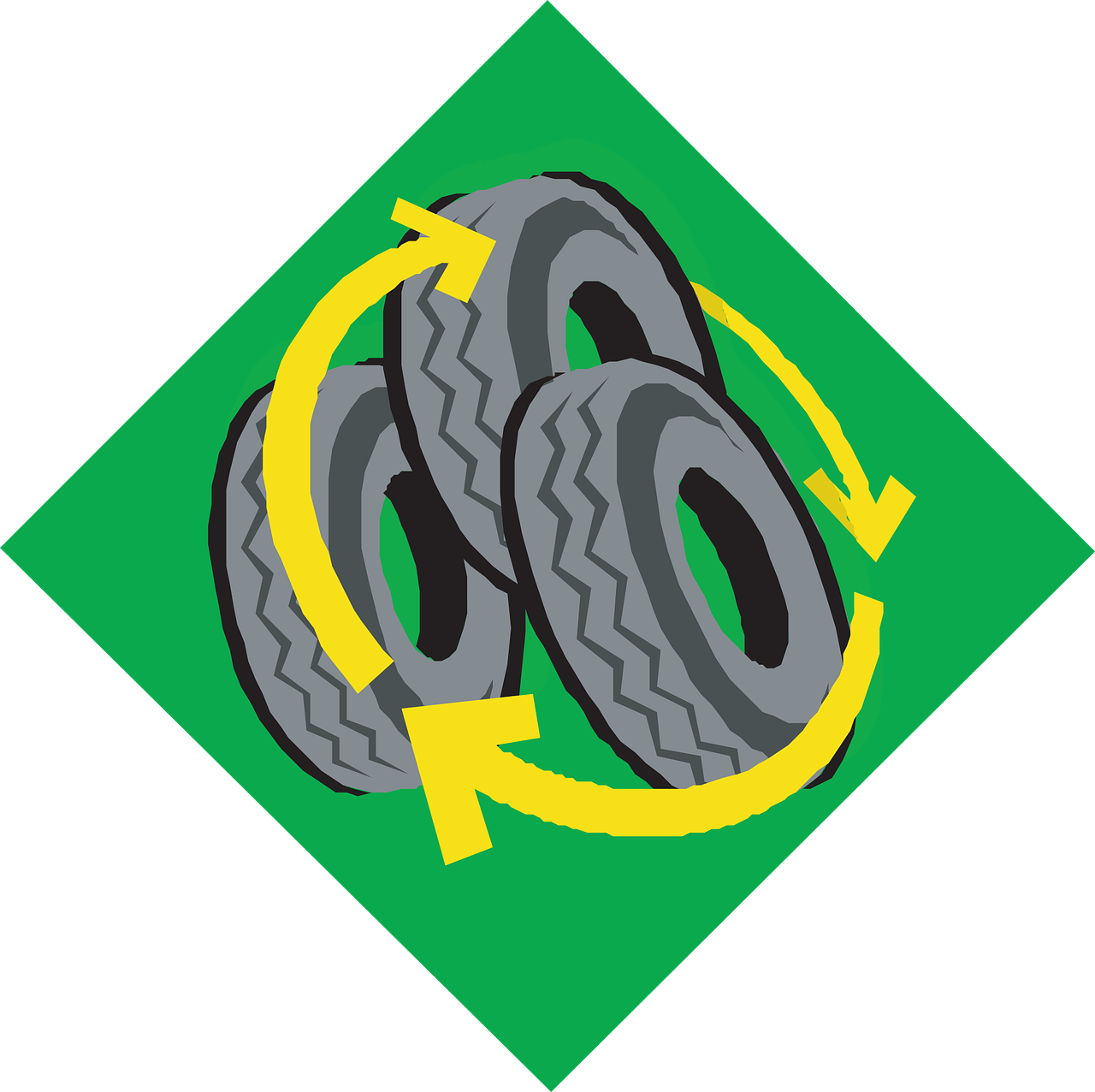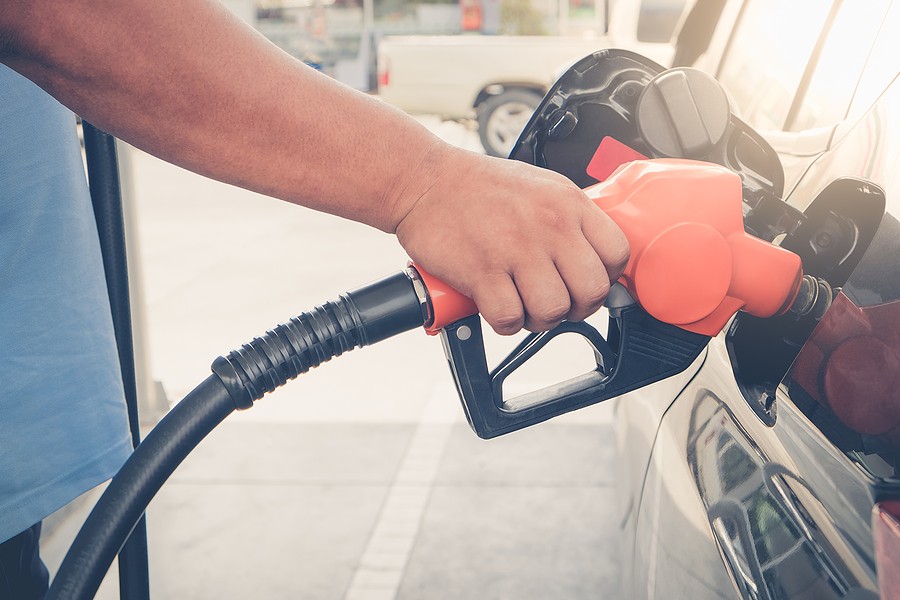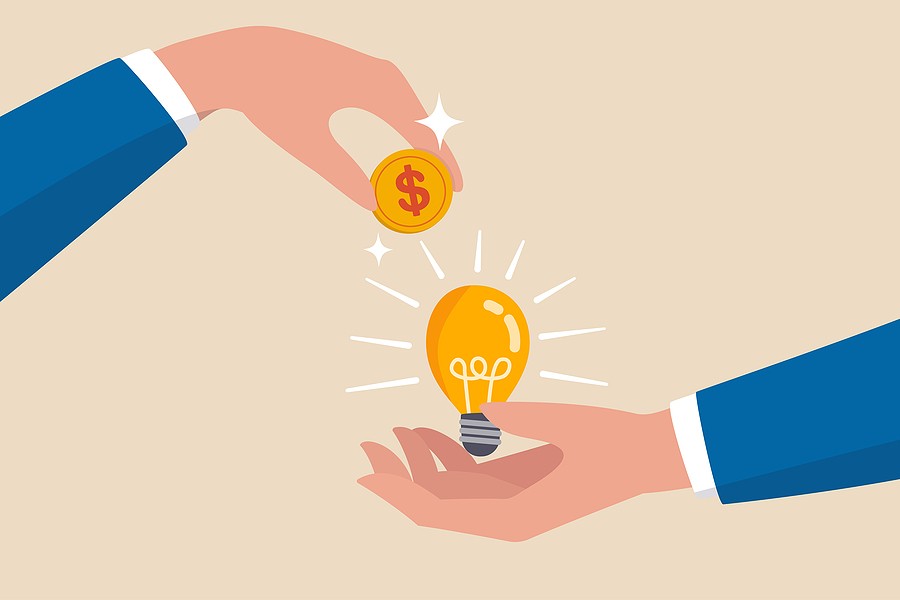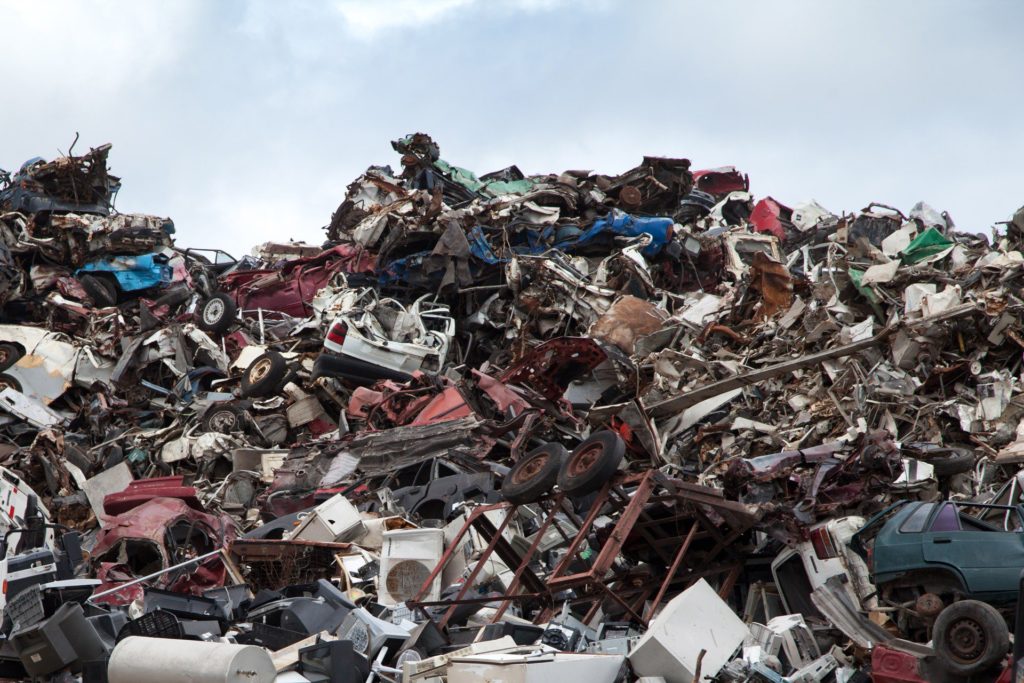Junk cars used to sit in backyards, by the side of the road, and in junkyards, patiently awaiting their demise.
Today, cars and other automobiles are the most recycled consumer product across the world. Over 25 million tons of automobile material is recycled, every year!
The same source confirms that the North American recycling industry even saves about 85 million barrels of oil every year.
Recycling metals is possibly the largest sector, as many metal car parts go on to make new cars, amongst several other products. Steel accounts for 15 million tons of all recycled scrap metal.
Scrapping metals from junk cars is beneficial for several reasons. Do you want to learn more about the process and the uses for all that recycled metal?
Keep reading to find out all about it!

1. Scrap Metal Protects the Environment
Everyone knows that recycling is good for the environment, no matter what it is that you're recycling.
But how does scrap metal help?
Recycling takes much less energy than the process of mining or creating new materials. Scrap metal recycling is particularly beneficial for the environment because it saves an enormous amount of energy.
To mine, refine, process, and ship new metals takes a significant amount of energy. The alternative, however, which is to recycle what's already available, requires much less energy.
Plus, scrap metal is impressive because most of it can be recycled over and over, without losing quality or strength. Glass is similar in that you can also reuse it time and time again.
Plastic and paper can only get recycled a certain amount of times before the quality's compromised. At that point, it's no longer deemed safe for reuse.
2. There Are Many Uses for Recycling Metals
Scrap metals, like copper, aluminum, steel, iron, and brass, can be reused over and over again to make new products.
Much of the scrap metal derived from automobiles gets reused for car manufacturing. But there are many other uses for that scrap metal, both in the manufacturing industry and in the home.
Some of the most popular manufacturing products that use scrap metal are as follows:
- Aircrafts
- Automobiles
- Appliances
- Ductwork
- Plumbing
- Industrial containers
Scrap metal is also used for packaging. Many canned foods contain recycled metal, as steel and aluminum are commonly reused in new food packaging.
Furnishings, fixtures, lighting, and other home components often contain scrap metal, too. And modern artwork and decorative metalwork are made from scrap metal, giving it a new appeal.
Metal roofing is one of the biggest advocates for scrap metal, as most metal roofing materials come from recycled metals.

3. The Turnaround is Fast
It can take as little as two months for the recycling of metals to take place. So in two months, metal could have made its way from your old junk car to a can of beans.
Because the turnaround time is so fast, the metal recycling process is one that's both economical and efficient.
4. There Are Fewer Greenhouse Gases
One of the most important metal recycling facts is that it reduces greenhouse gases.
Did you know that making new aluminum causes a significant amount of greenhouse gases?
Aluminum comes from a mined ore by the name of “Bauxite.” Bauxite gets converted into alumina, which is a fine white powder. The powder is then melted at over 700 degrees Celsius for it to become aluminum.
This process is expensive and uses lots of resources, including energy and fuel.
Recycled aluminum, on the other hand, requires much less processing.
Opting to recycle those metals is both cost-effective and eco-friendly.

5. It Reduces the Need for Mining
Aside from the fact that mining accounts for at least 15,000 deaths per year, the act of mining is also invasive.
Mining companies employ heavy excavators and haul trucks to extract raw materials from the earth.
Not only does this destroy soil, but it releases toxic compounds, metallic dust, asbestos-like materials, and radioactive rocks into the air and the water.
Some of the environmental impacts of mining are:
- Soil, surface water, and groundwater contamination
- Sinkhole formation
- Destruction of wildlife habitat
- Loss of biodiversity
- Hazardous byproducts
The effects of mining continue for decades after the fact. Recycling metal has much less of an environmental impact.
6. There Are Two Classifications of Metal
When it comes to recovering the metal from an automobile, metals get divided into two different sectors.
Ferrous metals are those that are combination metals and include iron, like iron with carbon, for example. Some of those ferrous metals include alloy steel, carbon steel, wrought iron, and cast iron.
Non-ferrous metals include copper, aluminum, lead, zinc, and tin. Precious metals are also non-ferrous.
Both types of metal have their pros and cons, but they are both recycled in similar ways.

7. The Recycling Process Is Extensive but Easy
The first step in the metal recycling process is the collection process. Scrap yards and junkyards both contain tons of scrap.
After scrappers collect the metal, it gets sorted. Metals are separated from mixed scrap metal piles and multi-material waste as well. When the process is automated, sensors and magnets are used to help with material separation.
Some scrappers will use magnets and lights to determine metal types.
After the metal is sorted, it has to be processed. Metals are shredded first to promote the melting process.
Small shredded metals have a bigger surface to volume ratio. Thus, they can be melted using less energy.
From here, steel is typically melted into blocks and aluminum is melted and converted to sheets.
Scrap metal gets melted in a gigantic furnace. Every metal is taken to the designated furnace for that particular metal.
A lot of energy is used to melt the metal, but it's still much less energy than what is needed to produce metals using raw virgin materials.
Melting can take minutes or hours.
Once the metal is melted, it has to go through a purification process to ensure it's high-quality and free of contaminants. Electrolysis is one of the methods used for purification.
After purification, the metal gets solidified. The conveyor belt carries them to cool and solidify, and it's here they are formed into specific bars or shapes so they can be used in the production of many metal products.
8. A Magnet Goes a Long Way
Magnets are used throughout the recycling process. Big cranes use magnets to separate non-ferrous metals from ferrous ones.
As we mentioned above, magnets are also used in factories when metal reaches a more detailed level of separation.
9. Many Shipping Containers Come from Scrap Metal
Shipping containers are essential in the storage and transportation of goods all over the world.
A lot of shipping containers are created from recycled automobile metal.
10. Recycling Scrap Metal Creates Jobs
You might wonder what happens to mine and metal-making jobs as recycling become more and more abundant.
But recycling metals creates many new jobs.
Reuse and recycling create nine times more jobs than incinerators and landfills. At a United States recycling rate of 75% by 2030, over 1 million new jobs would be created.

11. You Can Make Some Money
Scrap metal is valuable. And all the metal in your junk car is useful, even if you can no longer drive it, and you think there's no way it's worth anything.
A scrap yard will buy your junk car and take it off your hands. Plus, when you recycle your old car, you can rest easy knowing that you're contributing to the environment and lowering your carbon footprint.
Selling your car privately takes time. And if your car isn't currently driving, it's even more of a hassle.
If you opt to go through a reputable cash car buyer, the process is much easier. Here's how it works, if you're curious.
Metal Is One of the Most Valuable Recycling Materials
Metals are fantastic. They can be reused over and over again, without losing strength and efficiency.
Metal recycling materials are some of the most valuable. Plus, automobile recycling is the most significant recycling industry across the world!
Millions of tons of steel and other metals get recycled and reused every single year. Recycling metals creates new jobs and helps heal our environment.
And the turnaround is fast! The aluminum from your old car could end up holding that precious sparkling beverage you love so much in as little as two months!
If you sell your junk car so that metal can be reused, you'll make some quick cash.
Are you curious to know how much your car is worth? Get a quote here!



